
(Gerry Furth-Sides) I am back to eating tomatoes. And I love cooking with luscious strained tomatoes and chopped tomatoes and finely chopped tomatoes. This is all because of an introduction to Pomi Tomatoes in cartons, straight off the vine in Italy. The Pomi online recipe book helps out with a motivating recipe collection contributed by world calibre chefs, complete with sidebar guidelines on which product’s consistency works best for dishes in each course of an Italian meal. The chef list: Anika Friesen, Anna Ramiz, Dennis Prescott, Jasmine Comer, Joni Gomez, Marcella Dilonardo, Rosalynn Daniels and Elizabeth Emery.

It actually never really bothered me not to eat tomatoes for almost a decade after doing a detox regime, and chose this and other acidic fruit to delete from my diet rather than alcohol or caffeine. After all, the pricey selection available in supermarkets was fairly tasteless. Then one day Marino Ristorante Chef, Sal Marino, put one on a plate, insisting on dotting it with salt, and I fell in love. But until now it was farmers market, Melissa’s when available or nothing.

Pomi Tomatoes ended this. And they are in a wonderful lined cardboard carton not tinned. The tomatoes are grown from selected seeds, cultivated on over 7,000 hectares between Cremona, Parma, Mantua, and Piacenza in glorious Northern Italy. To guarantee the highest quality for consumers, the tomatoes are processed within hours of picking them, close to the location where they are harvested and with a meticulous respect of the environment. Growers claim, “they offer a freshness that brings a burst of tomato flavor to any dish.” We agree wholeheartedly.


Even though the Get Saucy book has recipes for each course we found it to be just as adventurous to experiment with the sauce once we tried out the master recipe.
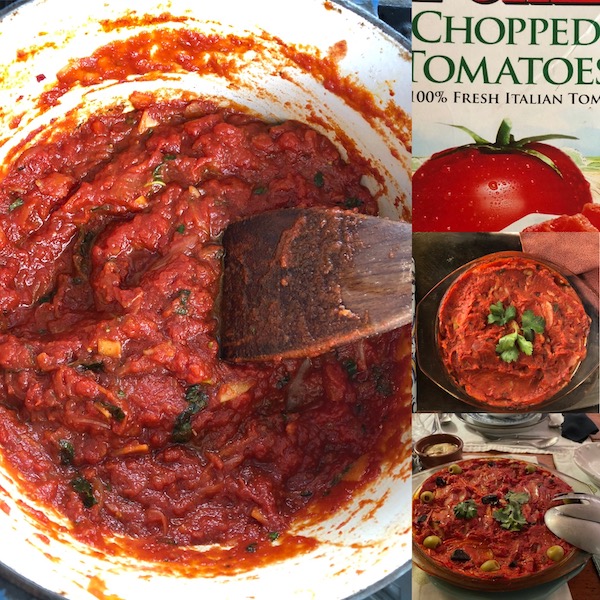
Ingredients for Master Sauce


Ingredients for the Pomi Tomato Potato Gratin Tart
1 (14 oz) can Pomì Chopped Tomatoes 1 tbsp Pomì Double Concentrated Tomato Paste
2 small yellow onions, thinly sliced
3 tbsp olive oil
3 large cloves of garlic, chopped
2 tsp kosher salt
1/4 cup fresh herbs, such as parsley, basil, and thyme, chopped
1 cup Fontina cheese, grated
2 lbs gold potatoes, very thinly sliced 3/4 lb (about 3) Roma tomatoes, sliced
Preheat oven to 400 F.
Heat oil in a large sauté pan set over medium heat. Add onions to the hot olive oil and cook for 5-6 minutes, until beginning to soften and become translucent.
Stir in garlic, Double Concentrated Tomato Paste, and 1 tsp of salt and cook for another 3-4 minutes.
Stir in herbs, Pomì Chopped Tomatoes, and the remaining teaspoon of salt and bring to a low simmer. Simmer for 15-20 minutes, until the mixture is thick and chunky and almost all of the tomato liquid has evaporated.
When you are ready to assemble the gratin, place half of the tomato and onion mixture in an even layer in the bottom of your baking dish. Arrange half the potato and tomato slices in an even layer on top of the tomato mixture, then top with half of the grated Fontina cheese. Repeat this layering one more time with the remaining tomato-onion mixture, followed by the sliced potatoes and tomatoes, and top with the remaining cheese.
Bake uncovered for 50-55 minutes until potatoes are fully cooked, and most of the liquid has evaporated. When the gratin is fully cooked, let cool slightly before scooping or slicing. Serve hot.

Basic Sauce Ingredients
1 ( 26.6 oz) can Pomì Chopped, Chopped Fine or Strained Tomatoes. For a silky smooth tomato sauce use Pomi strained tomatoes. Use Pomi Finely Chopped Tomatoes for a thicker, chunkier sauce. For more body use Pomi Chopped Tomatoes.
1 onion, peeled and finely sliced
3 tbsp olive oil, plus a little extra to drizzle on top
2 large cloves of garlic, peeled and finely diced
1 tbsp Pomì Double Concentrated Tomato Paste
1/4 cup fresh herbs, such as parsley, basil, and thyme, chopped
Sea salt, cracked black pepper
Directions
>Heat oil in a large sauté pan set over a low heat. Add onions to the hot olive oil, season with salt.
Cook, stirring often, until the onions are translucent, about 10 minutes. Add in the garlic and cook for 2 minutes.
Add the Pomì Double Concentrated Tomato Paste and continue cooking for 5 minutes.
Add in Pomì Tomatoes, and stir constantly until the sauce begins to boil. Lower heat and simmer on low for 1 hour, stirring every 10 minutes., and adding in the basil leaves halfway through the cooking time.
Taste and season with additional salt and pepper, as desired.















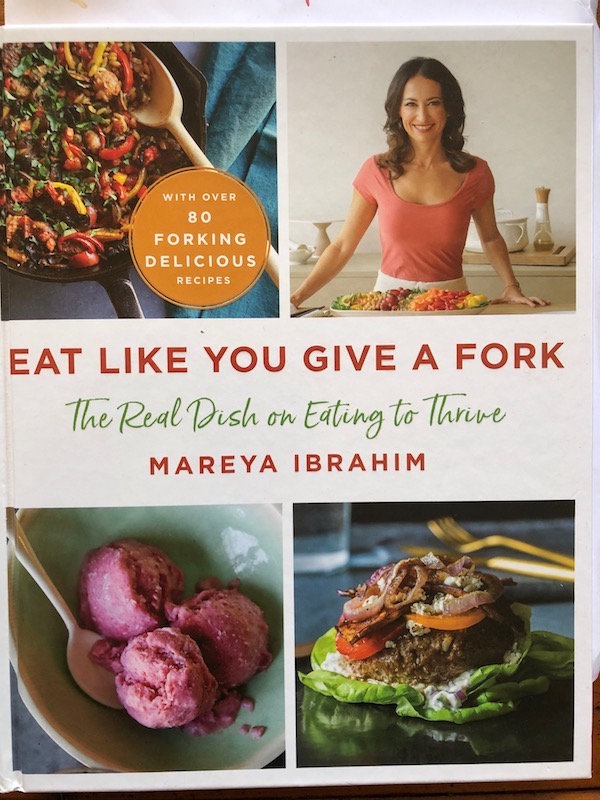









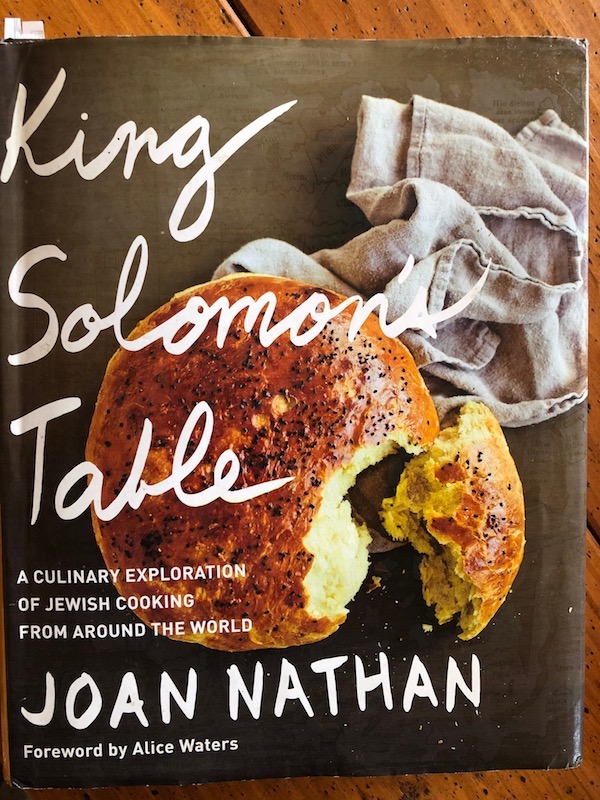
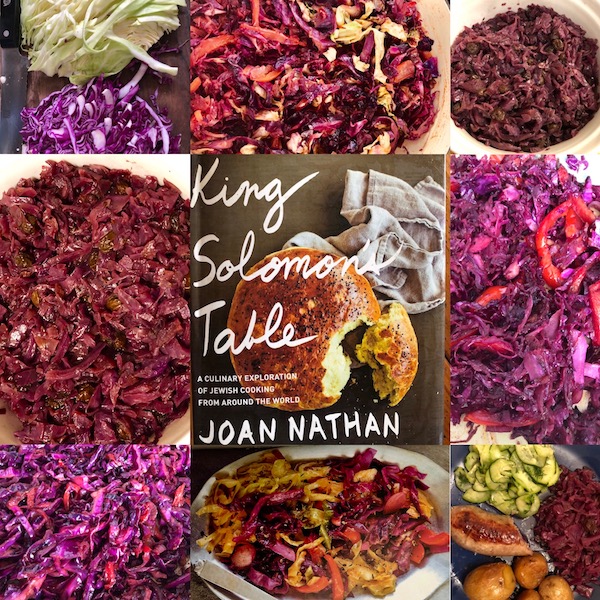


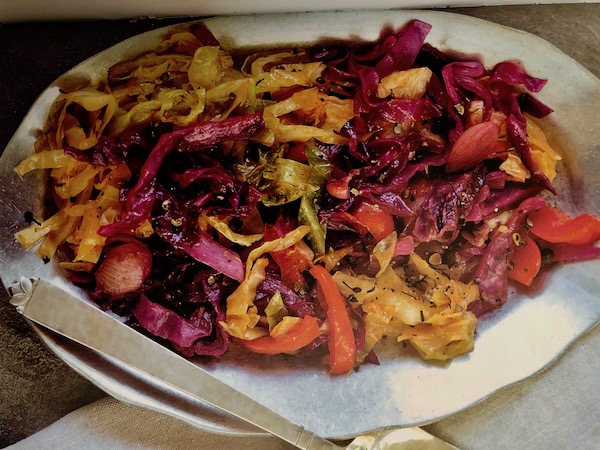







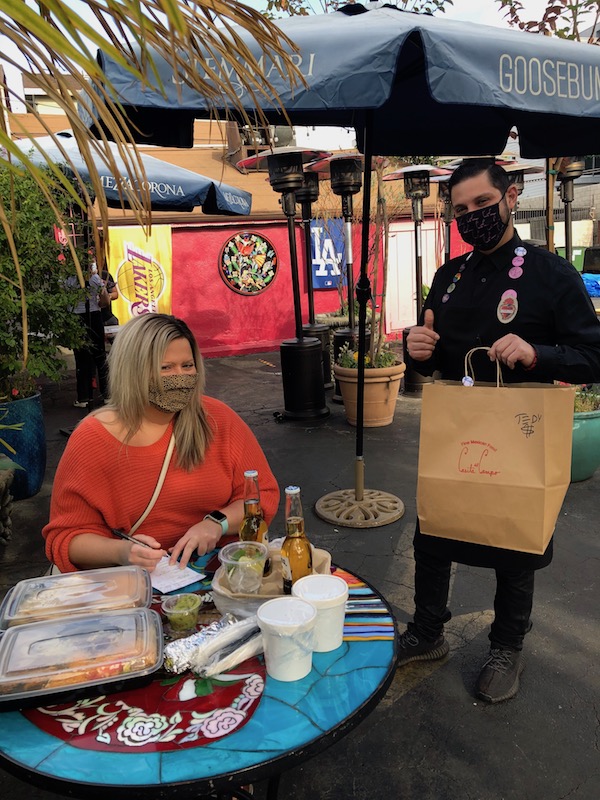





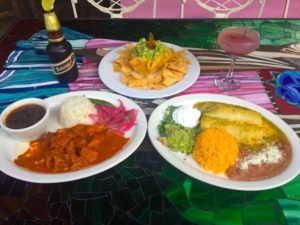






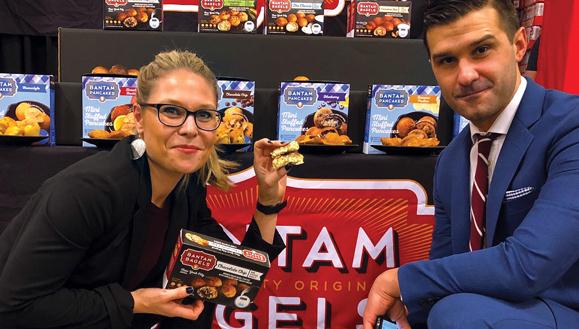













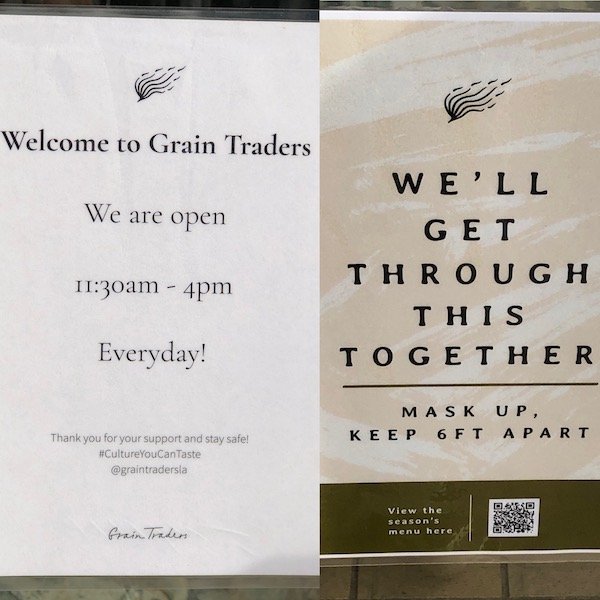
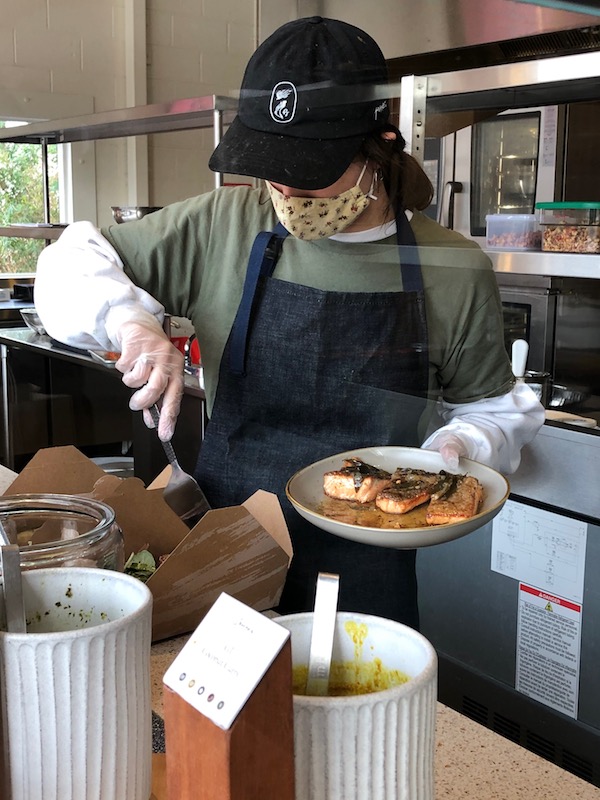


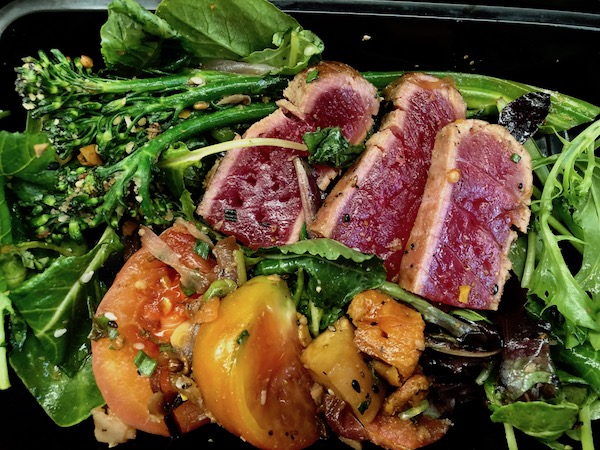
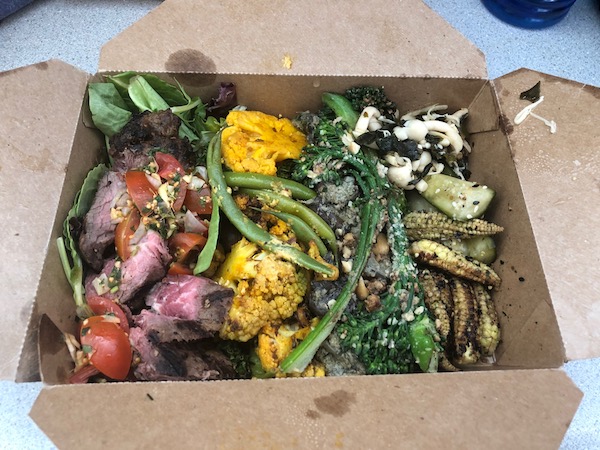



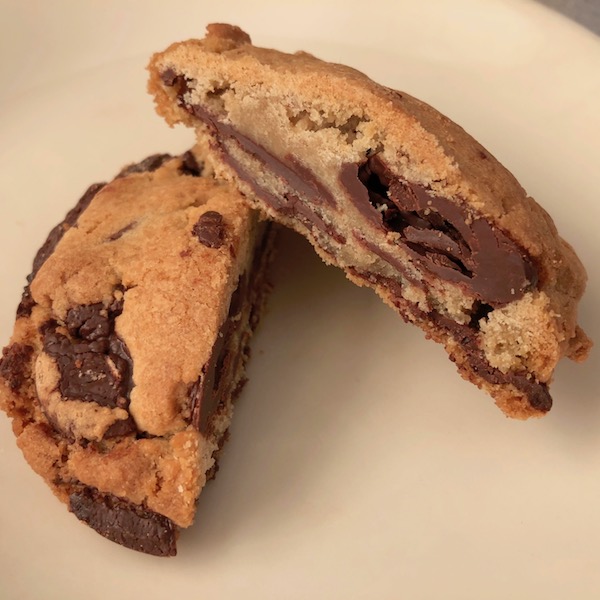
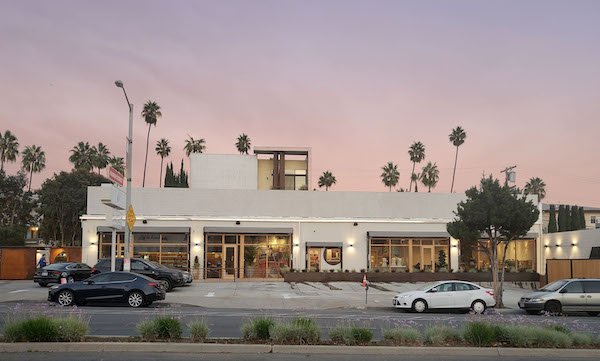







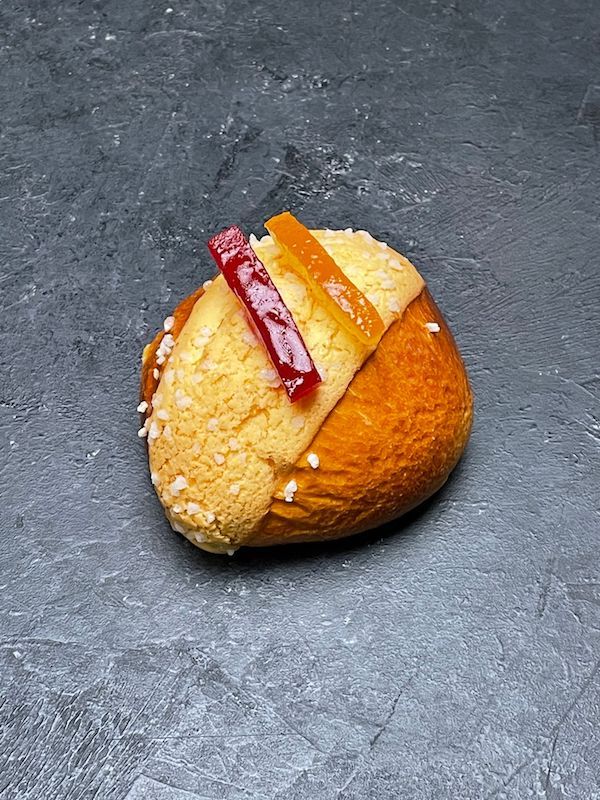



 Gerry Furth-Sides
Gerry Furth-Sides  Barbara Hansen
Barbara Hansen  Chef-owner Alain Cohen
Chef-owner Alain Cohen  Roberta Deen
Roberta Deen  Jose Martinez
Jose Martinez  Nivedita Basu
Nivedita Basu